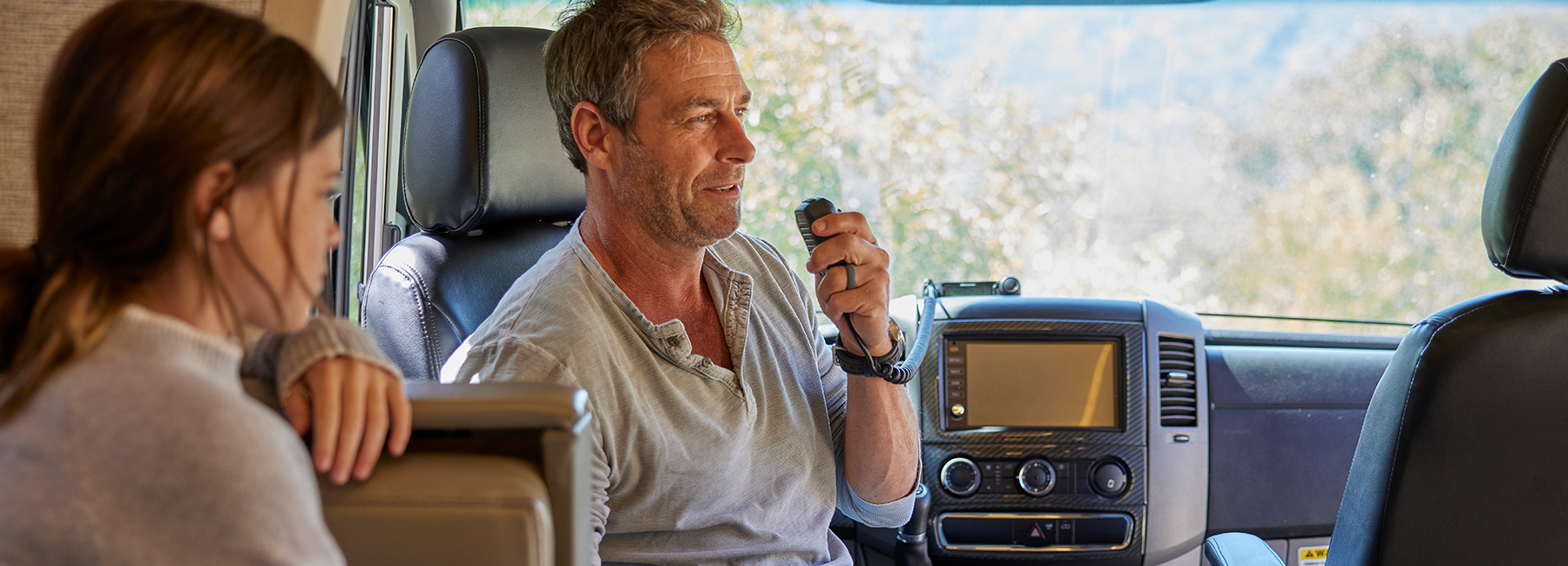
September 28, 2021
Although it may seem like a dated medium next to modern technologies like the internet, radios still play an essential role in the world today, and many technologies would not have been possible without it.
Radios are still a valuable source of information in places where reliable news is scarce. Emergency radios like the X-Talker T65VPP two-way radio still prove essential in crises. They are crucial when a mobile network is down, or a telephone line is cut. Take a look at a brief history of radio or the evolution of radio communication to gain a better appreciation for how far technology has come.
Long before mobile phones and the internet, radio was the first wireless mode of communication. The idea of wireless communication led to experiments with wireless telegraphy in the 1830s through the ground and in water.
In 1864, James Clerk Maxwell demonstrated mathematically that electromagnetic waves could spread and radiate freely through space. By 1880, Heinrich Rudolf Hertz conclusively proved the existence of airborne electromagnetic waves, confirming Maxwell’s theory.
It took almost another 20 years for the term “radio” to be universally adopted to describe electromagnetic radiation. But by 1894, Gugliemo Marconi, an Italian inventor, had engineered the first wireless telegraphy application based on Hertzian waves. It used radio waves to transmit morse code. At a turning point in the two-way radio history, he successfully demonstrated how the system could be used in military and marine communications.
The application, which became the radio receiver, worked by changing signals or sounds into sound waves that traveled via air through solid objects into sounds that could be heard. Patenting the rights for radio, Marconi built a successful business, the British Marconi Company. This business developed radio equipment and communication services.
Marconi won the Nobel Prize in Physics in 1909 and opened the world’s first radio factory in Chelmsford, England, in 1912, which was commercially successful on a global scale.
In 1920, the first radio news program was broadcast in Detroit, Michigan. This was followed quickly by public broadcasts of concerts and sports events. However, the number of people who had access to a radio was still very limited.
In 1923, the first mobile two-way radio, an early precursor to radios such as the MXT115 MicroMobile Two-Way Radio,” was developed in Australia. It could both transmit and receive radio waves. These two-way radios formed the foundation of what is used today and sold by Midland.
By the mid-1920s, there were over radio 500 stations broadcasting everything from news and sports to music and variety shows. By the 1930s, most households in the United States and Europe had a radio.
Radio technology expanded rapidly and was extended to many other uses, commercial and otherwise. This was most notable in transportation like aviation and seafaring. It became a valuable tool for navigation, and radio would play a crucial role in World War II. Because two-way radios can transmit information immediately, people began to use radios for every conceivable purpose and in every profession. They were seen in a variety of industries, from weather radios such as the WR120 NOAA Weather Radio to early warning systems to police work and advertising.
The use of radio may have peaked shortly after World War II, as television began to surpass it as the world’s most important electronic mass medium. But the radio was the basis for many applications and inventions in the 20th century. This includes television, transistor radios, mobile telephones, communication satellites, and GPS.
In the early 21st century, the radio still faces competitive pressure from Internet-based audio services and digital satellite services. However, it still retains its original appeal as a more relaxing way of consuming media than staring at a digital screen for many. It’s also important not to overlook its practical applications in telecommunications and emergencies. While other mediums gain prominence, the radio will always be with us one way or the other.
At Midland, we offer a vast selection of radio systems like handheld GMRs radios for different businesses and various recreational activities, ensuring there’s something for everyone. As a leading supplier of radios located in Kansas City, we have played a central role in supplying high-quality devices for more than five decades, making us pioneers in the industry.


